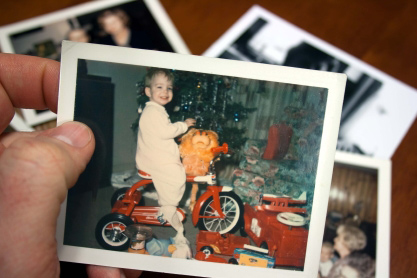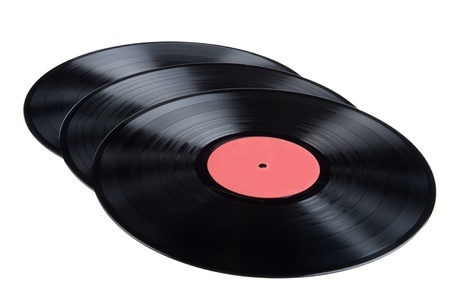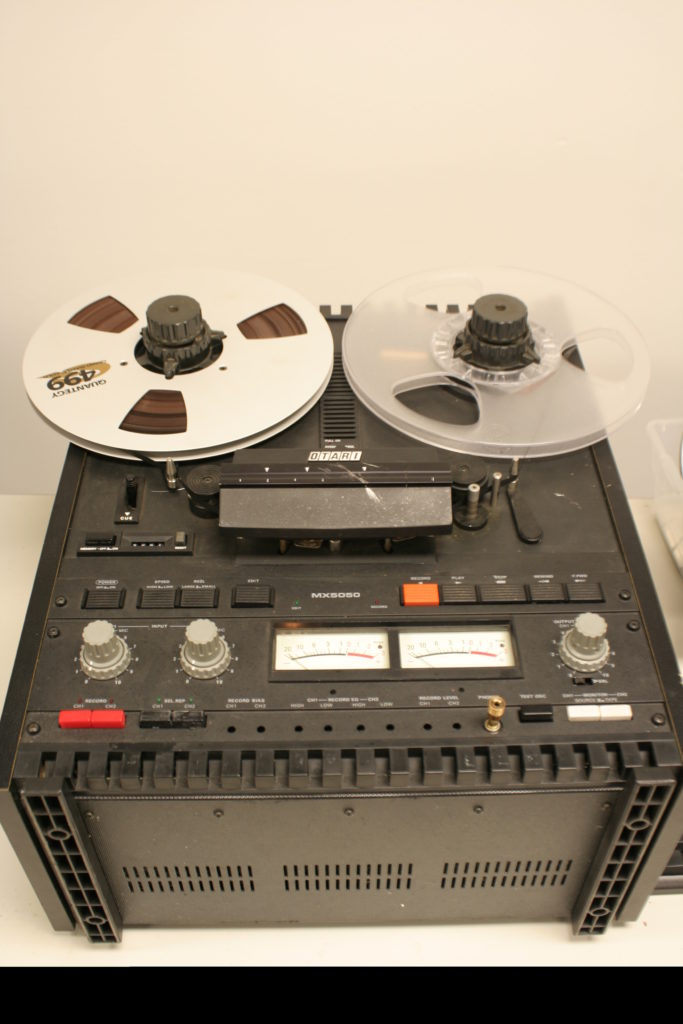Like many others, there exists a possibility that you might have a collection of old 16mm film reels lying around the house for years unused. These movies certainly captured family vacations, weddings, birthdays, and other special events, and yet the means to watch them has long been unavailable. In those days, it was something distinctive, restoring and watching 16mm format movies. The grainy film had a fascinating antiquated feel which lots of people cherished. The images offered a gritty reality that people loved. There was also something pleasing in the physical medium with sprocket holes and scratches. So, for movie lovers, it was more not just the content but the journey of retrieval. Begin with converting these precious experiences you’ve had into 16mm film to digital format.
Understanding 16mm Film: Its History and Significance
Throughout the development of moving images, 16mm film emerged as a great way to document and preserve snapshots of people, historical events, art, and culture. 16mm film was patented in the 1920s and was primarily used to capture images, which could be a cheaper version of the popular 35mm film format used by motion picture makers.
The low price appealed to more users, and more people began making motion pictures, including independent filmmakers, schools, and leisure seekers. Around this time, 16mm films began to be used for educational, industrial, and other purposes as they were easy to use and portable.
Continue reading “From Reel to Real: Convert Your 16mm Film to Digital Today”

